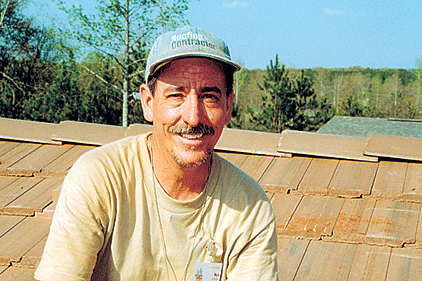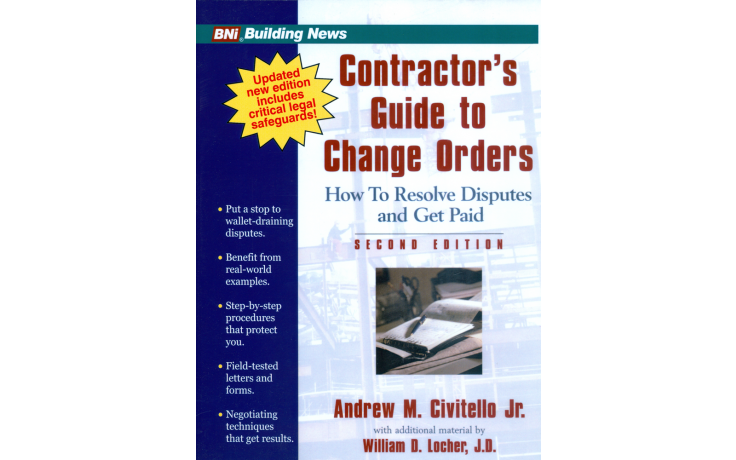Editor's Note: Great Expectations

The good news about the many issues we face in the roofing industry is that we will overcome most of them in time. I know because I have seen a lot of them come and go. Trouble is there always seem to be new challenges lurking around the corner. Safety being the theme of this issue of Roofing Contractor, it is appropriate to address one of today’s top safety challenges: fall protection on residential roofing projects.
I took a quick look back through past columns on the topic and one from 2001 caught my attention. I was pointing out the fact that many commercial roofing contractors had moved from considering fall protection on low-slope commercial roofing projects as a necessity rather than an inconvenience. We had reached a tipping point where you (at least anecdotally) saw more commercial roofing projects laced with warning line systems than without.
Today there is an expectation from general contractors and building owners that roofing contractors will provide full fall protection for their workers during the construction process. It is simply part of commercial roofing. This did not happen the instant that OSHA laid down the law and said it must (that was way before 2001). Additionally, since that 2001 column, fall protection equipment and processes have improved greatly.
It was a process. Yes, OSHA was behind the push to provide full fall protection on commercial projects, but it was the industry that figured out how to protect workers while keeping up with production and cost controls.
Fast-forward to September 2011. OSHA has laid down the law and is not backing away from enforcing all the rules relating to working at heights on residential construction and re-roofing projects. The industry has again stepped up and suddenly you are seeing more and more roofing projects where the workers are all wearing safety harnesses as part of a personal fall arrest system (PFAS).
The problem with PFAS is that it requires more than just a little training to get it right. An active fall restraint system is arguably the least desirable of all options in terms of the worker. In the first place, the worker must be well trained to ensure that the system will perform appropriately in case of a slip or fall. Second (roofers would put this first), it is not the most comfortable way to work. Additional ropes and/or cables on steep roofs are not really a good thing when moving about.
Do not get me wrong. PFAS is part of the safety gear used in my shop every day. PFAS is the system of choice for two basic reasons: one, it is readily available, and two, they are relatively inexpensive. Inexpensive, it seems, in comparison to the passive fall protection systems available today such as scaffolds, guardrail systems or net systems.
It is my fondest desire that we will move to a place where the residential construction process is driven by fall protection from the very beginning. On new construction, that means building contractors will provide passive fall arrest systems for all trades working at height. On retrofit projects where the roofing contractor is the prime contractor, it means we (someone reading this column I hope) will come up with passive fall arrest systems that will come with a reasonable cost while keeping production standards high.
Let me correct that last comment. It is not my fondest desire, it is my expectation. The roofing industry has solved tougher engineering problems than this one.
Looking for a reprint of this article?
From high-res PDFs to custom plaques, order your copy today!




